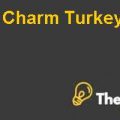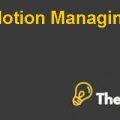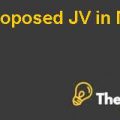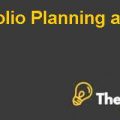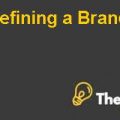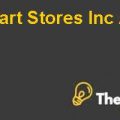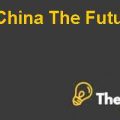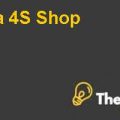The Hertz Corporation Case Case Study Help
Introduction
The Hertz Corporation is also known as one of the sphere's major and greatest familiar car leasing firms. It was established in the year 1918 by Walter Jacobs. Hertz initiated a small car rental procedure in the market of Chicago. (Timothy, 2007). Hertz is headquartered in Estero, Florida, USA, and operates thousands of rental locations both at airports and in urban areas worldwide. The corporation bids an extensive variety of rental automobiles, including cars, trucks, and SUVs, to cater to various customer needs, such as business trips, vacations, and local transportation.
One of Hertz's key innovations was introducing the concept of airport car rentals, making it convenient for travelers to rent vehicles immediately upon arrival. This approach significantly contributed to the company's growth and popularity among travelers. Hertz has a diverse fleet of vehicles, including popular brands and models, ensuring that customers have a variety of options to choose from. The company is also known for its loyalty programs, offering benefits and discounts to frequent customers.
Problem Statement
Hertz Corporation faced significant challenges because of the Pandemic situation of COVID-19. The situation led to a high-pitched drop in travel and tourism, impacting the entire car rental industry. Hertz, like other rental companies, experienced a decrease in demand for rental vehicles, leading to financial difficulties.
Case Related Questions
The four major questions are answered in our analysis by using both qualitative and quantitative methods.
CD&R Expected Savings
| CD&R Expected Savings | Amount |
| US RAC On-Airport Operating Expenses | $75 |
| US RAC Off-Airport Strategy | $58 |
| European Operating and SG&A | $33 |
| US RAC Fleet Costs | $20 |
| US RAC Non-fleet Capital Expenditures | $57 |
| HERC ROIC (Return on Invested Capital) | $32 |
| Total Expected Annual Saving | $275 |
| Conservative Value Creation (50% of Projections) | $137.5 |
The expected value created by the operating improvements and proposed changes in the capital structure envisioned by CD&R for Hertz is a pivotal aspect of their bid to acquire the company. The $275 million in annual value creation outlined by CD&R results from a multi-faceted strategy that encompasses both cost reduction and efficiency enhancement initiatives.
First and foremost, CD&R anticipates savings of $75 million through the optimization of operating expenses within the US RAC on-airport segment. This likely involves streamlining operations, improving resource allocation, and achieving better cost efficiency. In addition, the US RAC off-airport strategy is expected to contribute $58 million in annual savings. This implies a focus on increasing the efficiency of off-airport locations, reducing operational costs, and capitalizing on untapped potential in this segment of the business. CD&R envisions savings of $33 million by making operational improvements and trimming down Selling General, and Administrative (SG&A) expenses within the European segment of Hertz. This likely involves initiatives to increase revenue and reduce non-essential overhead costs.
Efficiencies in managing fleet costs in the US RAC segment are expected to yield savings of $20 million. Strategies may include optimizing fleet utilization, adopting fuel-efficient vehicles, and implementing effective cost-control measures. Moreover, CD&R aims to enhance value by saving $57 million on non-fleet capital expenditures. This could entail a more prudent and efficient use of capital, possibly involving reduced capital spending on projects that do not yield commensurate returns. Lastly, CD&R anticipates adding $32 million in value through improvements in the HERC segment's Return on Invested Capital (ROIC). Enhancing profitability and capital allocation in this sector will likely be a central focus.
The total annual value creation of $275 million underscores CD&R's commitment to improving Hertz's operations across multiple facets of the business. It represents a substantial enhancement in efficiency, cost-effectiveness, and overall profitability. Furthermore, adopting a conservative approach, wherein even realizing 50% of these projected improvements would still yield $137.5 million in annual value, demonstrates the soundness of their acquisition strategy. These anticipated improvements are at the core of CD&R's proposal to acquire Hertz, and they are expected to create substantial benefits for the company and its stakeholders, thus forming a compelling case for the acquisition.
Transaction Structure developed by CD&R
The projected transaction configuration advanced by (Clayton, Dubilier & and Rice) and its associates is designed to facilitate the understanding of projected cradles of assessment in the Hertz buyout deal while addressing key financial and operational considerations. This structure comprises a combination of debt and equity financing elements to fund the acquisition. Let's break down the key components of this transaction structure and evaluate how they impact the realization of anticipated sources of value........
The Hertz Corporation Case Case Study Help
This is just a sample partial case solution. Please place the order on the website to order your own originally done case solution.

